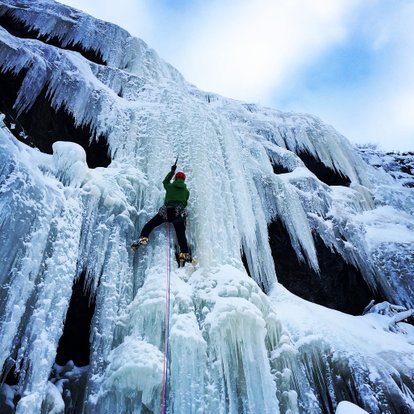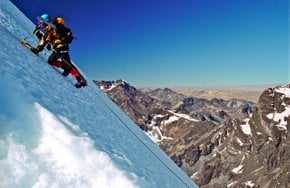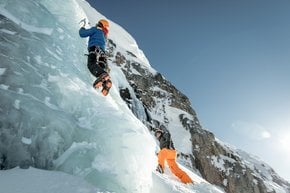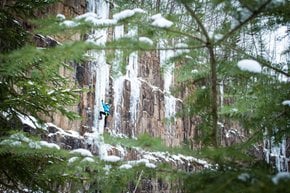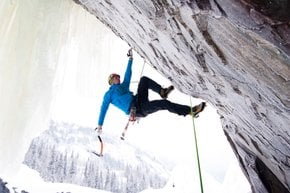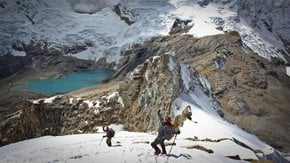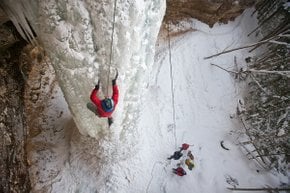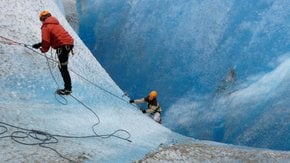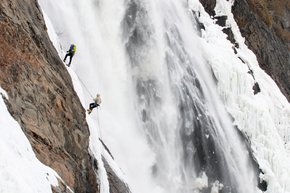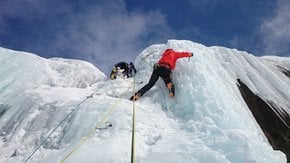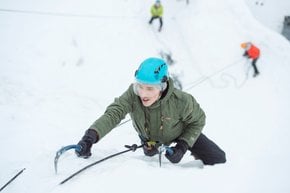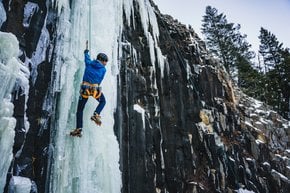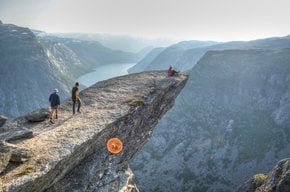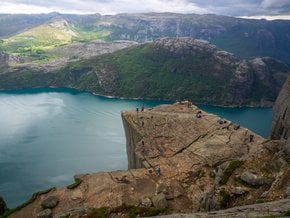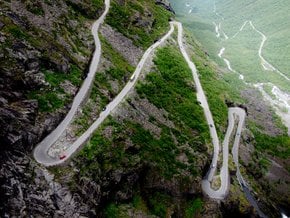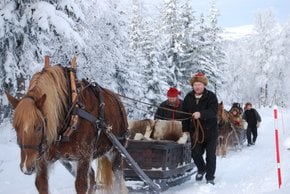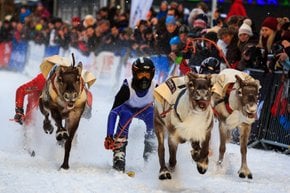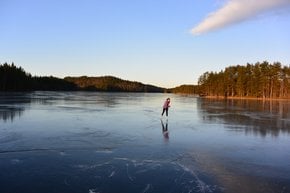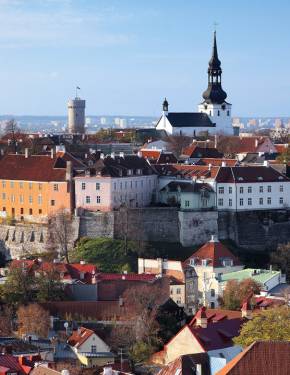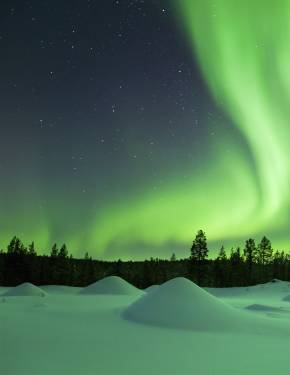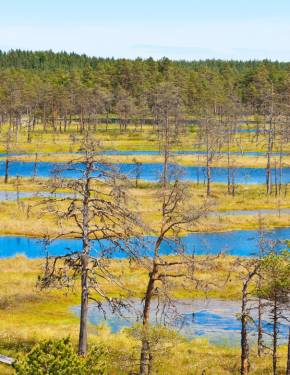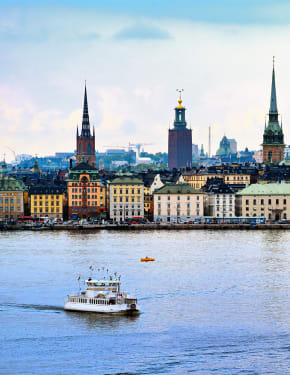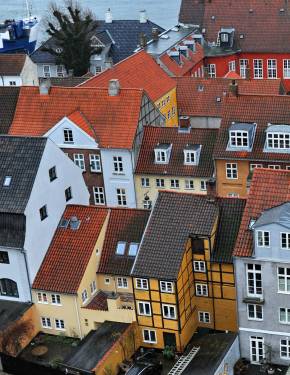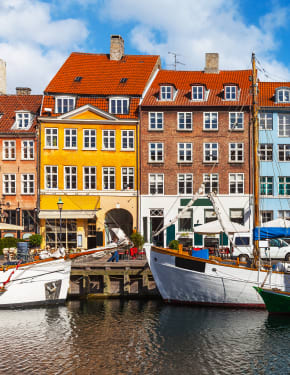Ice Сlimbing in Norway 2026
Climbing up the icy rock is a life-time achievement you will be proud of 'til the end of days
Best time: mid-January–mid-March
When you climb up the ice faces, you can feel that you conquer nature and boost your self-esteem with such an accomplishment. There seems to be nothing impossible, and you are all-mighty. However, such an extreme sport is appropriate only for well-experienced climbers, especially in Norway.
Ideal Season for Ice Climbing in Norway
If you're looking to go ice climbing in Norway, the best time is from mid-January through mid-March. Climbable icy rocks are available in the Rjukan area between late October and early April, but for the sake of safety, it is advisable to go in from mid-January to mid-March, when there are enough daylight and ice formations on the mountains.
Best Locations for Ice Climbing
Norway offers an abundance of ice climbing opportunities, with its towering mountains and countless frozen waterfalls scattered across the breathtaking landscape. Among the most iconic climbing destinations are Romsdal, the Lofoten Islands, Setesdal, and Narvik, which are celebrated for their natural beauty and challenging routes. However, it is the consistently reliable and easily accessible ice formations in Rjukan that attract climbers from around the globe.
Ice Climbing in Rjukan
Since the late 1990s, Rjukan has established itself as one of Europe's premier ice-climbing destinations, and it is often regarded as one of the finest in the world. Renowned for its reliability and accessibility, Rjukan offers an impressive variety of climbing opportunities.
Climbers can tackle enormous multi-pitch icefalls that cascade down the towering valley walls, test their skills on world-class routes in the Upper Gorge, or enjoy convenient roadside ice-cragging at popular spots like Ozzimosis and Krokan. Few destinations rival Rjukan's convenience, where a remarkable concentration of high-quality ice climbs can be reached within just 30 minutes from the road, making it a haven for climbers of all skill levels.
Rjukan has over 192 frozen waterfalls in a particularly long and stable winter season, providing enticing conditions for climbers from all over the world.
Ice Climbing in Eidfjord
Over the past few years, climbers from across the globe have started to discover this Norwegian gem. For a long time, Eidfjord remained a hidden treasure, with only a limited number of routes being explored in what is now recognized as one of the world's premier ice-climbing regions. It boasts what many believe to be the largest concentration of massive ice routes, some reaching up to 500 meters in height, alongside countless unexplored possibilities. Set against a breathtaking backdrop of fjords and mountains, Eidfjord offers a unique combination of natural beauty and vertical adventure, cementing its reputation as an extraordinary destination for ice-climbing enthusiasts.
Måbødalen is widely recognized as the most famous ice climbing area in Eidfjord. Located just a 20-minute drive from Eidfjord along the main road to Geilo, it is easily accessible for climbers. From the road, many of the ice routes in the lower sections of Måbødalen are visible, providing a glimpse of the challenging climbs that lie ahead. Visitors can park at the base of the canyon for easier access to nearby routes, though rappelling further up the canyon opens up even more climbing opportunities.
The ice climbing season in Eidfjord is somewhat shorter compared to destinations like Rjukan, largely due to its proximity to the sea. However, conditions are often reliable from late December through mid-March, even at sea level. The best climbing areas are located at higher elevations, between 700 and 1200 meters above sea level, where the colder temperatures ensure consistent ice conditions throughout the winter months.
Know Before You Go
To ice climb in Norway, it's essential to have the right equipment. This includes ice axes, crampons, specialized boots, and a harness, along with helmets, gloves, headlamps, ropes, and belay devices. Ensuring all gear is in top condition before your climb is crucial for safety. Given the chilly temperatures, dressing in layers to stay warm is also important. Additionally, climbers should be familiar with basic techniques such as rope work, ice axe handling, and how to use crampons. A strong understanding of winter mountain conditions is key to success.
For those with limited experience, it's highly recommended to climb with an experienced guide. Norway's challenging ice routes require expertise and guidance to navigate safely.

